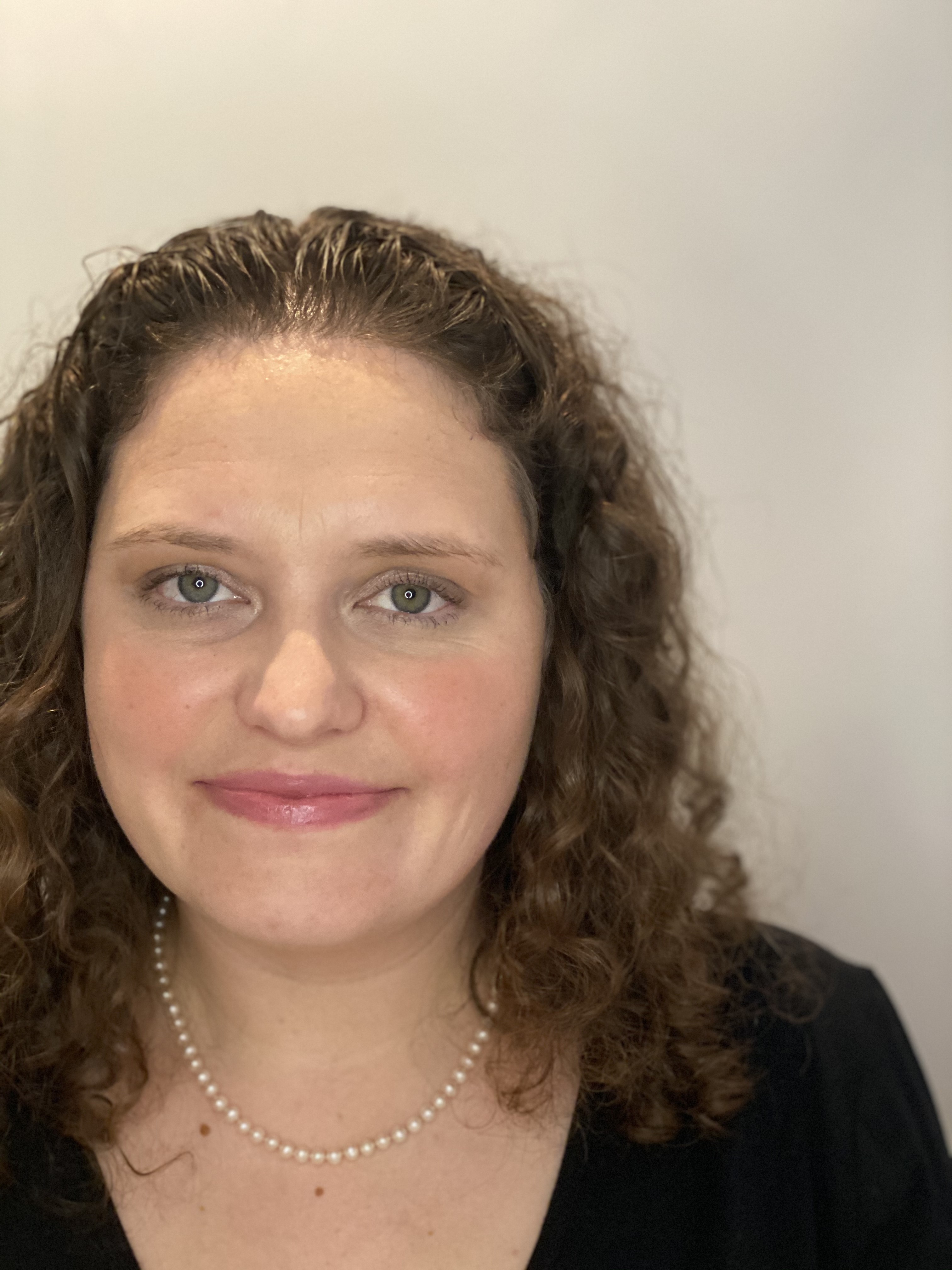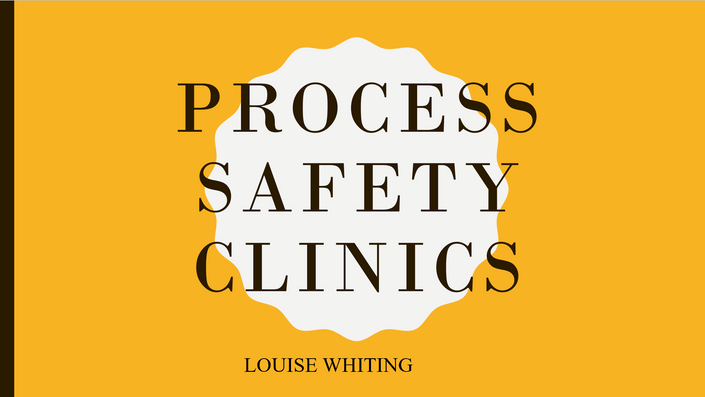
Louise Whiting
Meet Louise Whiting your course facilitator. Louise has over 11 years of experience in major oil and gas operators (BP and Shell). She is a Chartered member of the IChemE and holds the Professional Process Safety Engineer status from the institute. She has extensive experience in operations as well as experience in wells and projects. Majority of this experience is in upstream oil and gas onshore, offshore, North Sea and Iraq. She transitioned to technical or process safety just after achieving chartered status and has experience applying her skills in a range of environments. Louise is a Fellow of the Safety and Reliability Society, Chair 2022/23, Membership Chair. Louise holds a variety of qualifications including chartership, professional process safety engineer and certified functional safety engineer. Louise was managing director of Barberton Limited for 3 years then moving to found Deedah PSM Ltd in 2023.
LOPA Demonstration
In some cases identification and qualitative assessment of risks is not sufficient. This is primarily true for high severity consequences. It can be increadibly difficult for a person to evaluate the likelihood of a high severity happening at their facility. In addition, the assumption will be made that the safeguards present are standard or in many cases it is assumed they are better than other facilities (thereby reducing the likelihood of potential incidents). Often in HAZOPs and HAZID studies safeguards are listed which are not independent meaning that the likelihood is artificially reduced or a false sense of securtiy is achieved.
To combat this a semi-quantitative methodology called Layers of Protection Analysis (LOPA) is used to more systematically assess the high severity scenarios for the adequacy of safeguards. This when completed well provides a consistent approach to evaluate risks and provide safeguarding consistently across an organisation. This helps to ensure that some projects (who may be led by risk averse individuals) do not over-engineer facilities making it too complicated to operate and other projects (who may be led by risk takers or more susceptible to budget pressures) do not under-engineer the solution leaving the facility open to high operating risk.
This sounds like a golden solution however it is still easy to fall into the traps mentioned above however with even more confidence (you know have a number to back you up) as well as other traps. Join us on this course to learn how you can make this methodology work for you.
Example Curriculum
- M1: What is a LOPA study? (30:49)
- M2: Why should you employ LOPA? (8:44)
- M3: When should you employ LOPA? (4:21)
- M4: Who should be present at the LOPA? (3:21)
- M5: Where does LOPA fit into the Safety Lifecycle? (2:54)
- M6: How to make the LOPA study a success from preparation to action closure? (8:47)
- M7: LOPA Study Worked Example (2:44)
Here are some other courses you may be interested in
NOTE attending the HAZOP course is a pre-requisite of the the LOPA course

